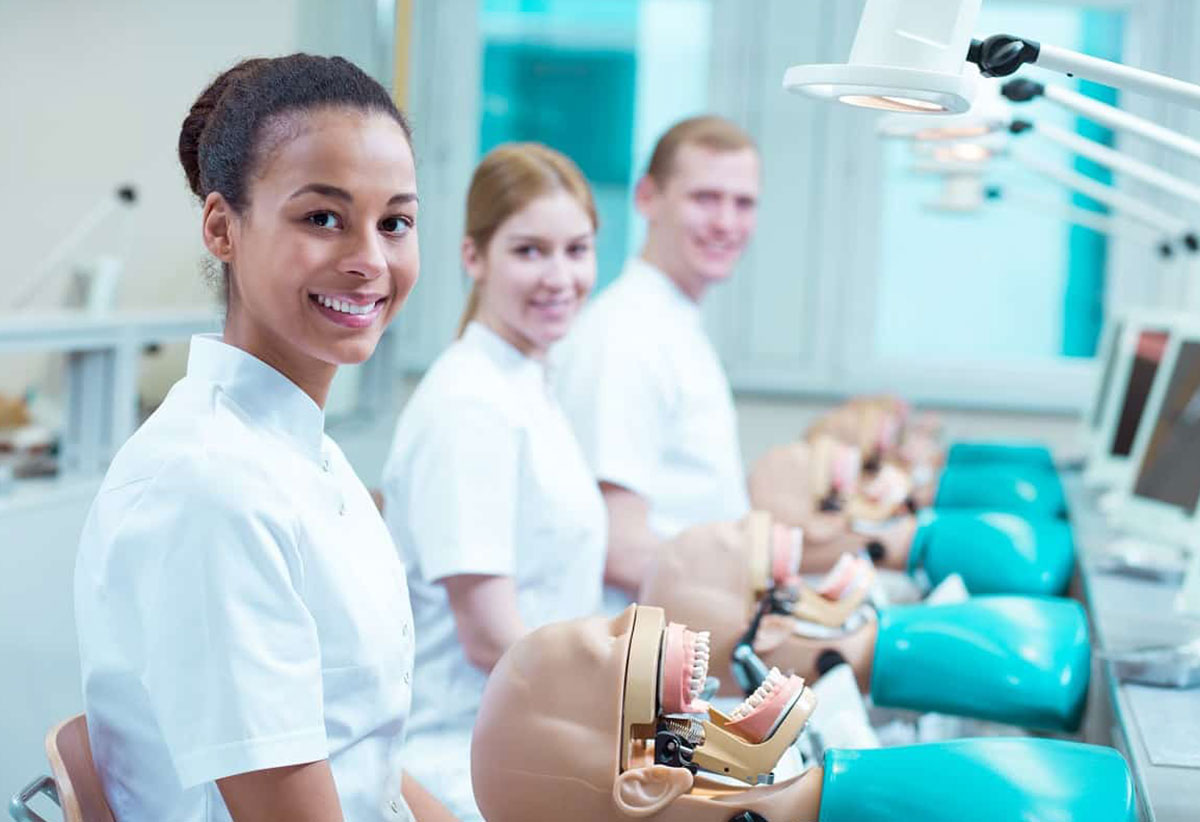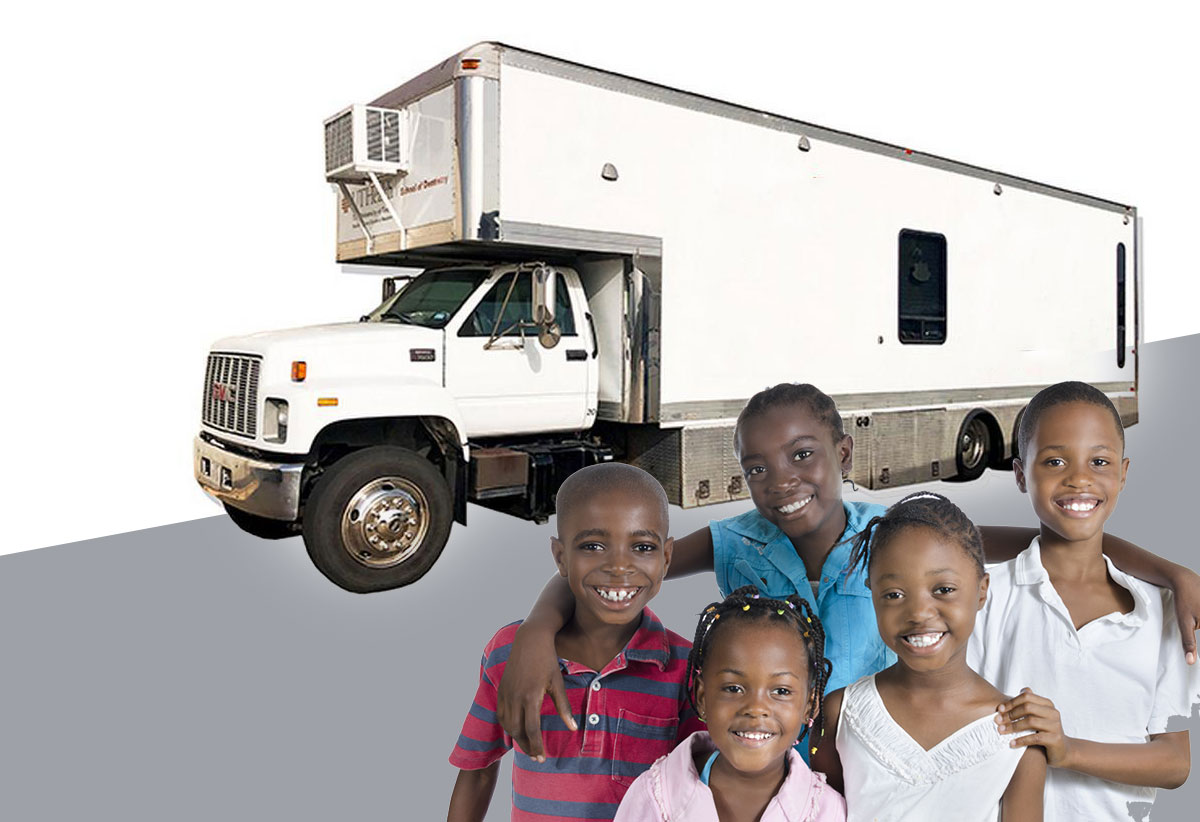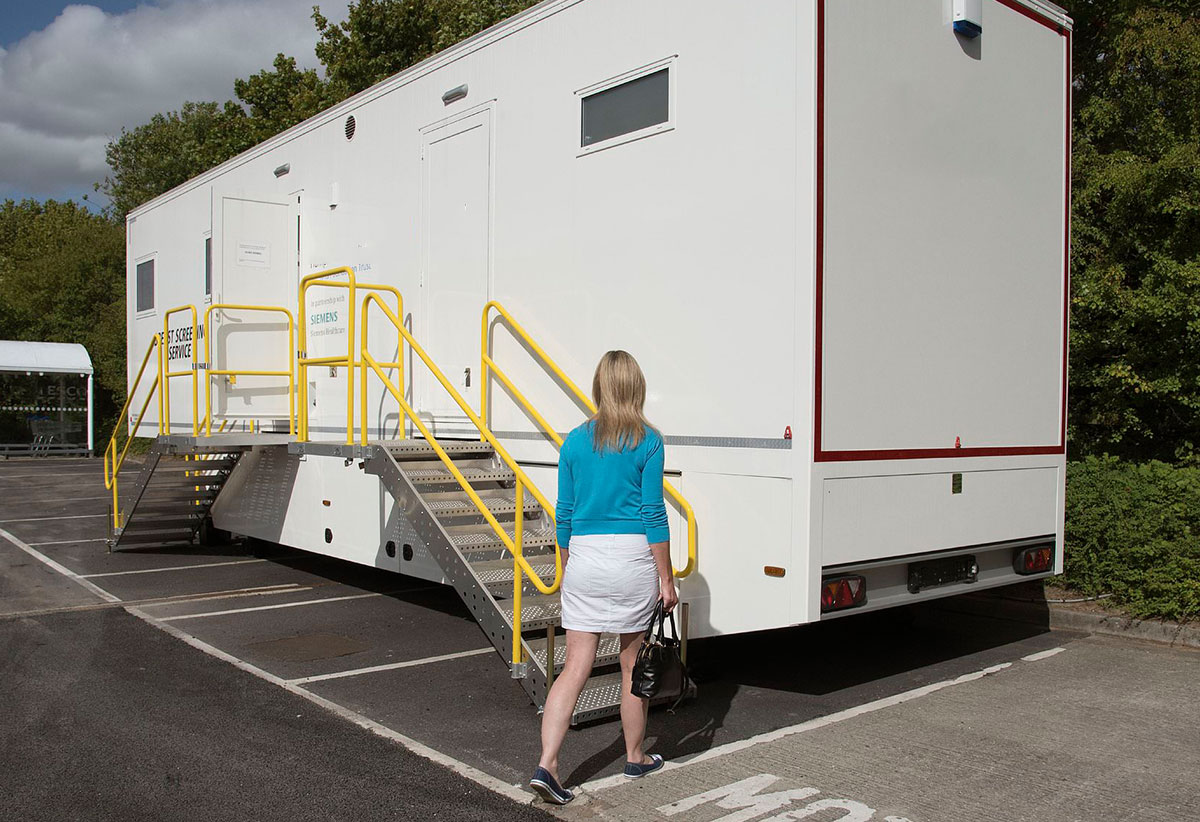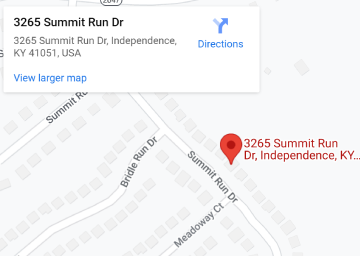Bring Doctors to African Nomads through Medical Van
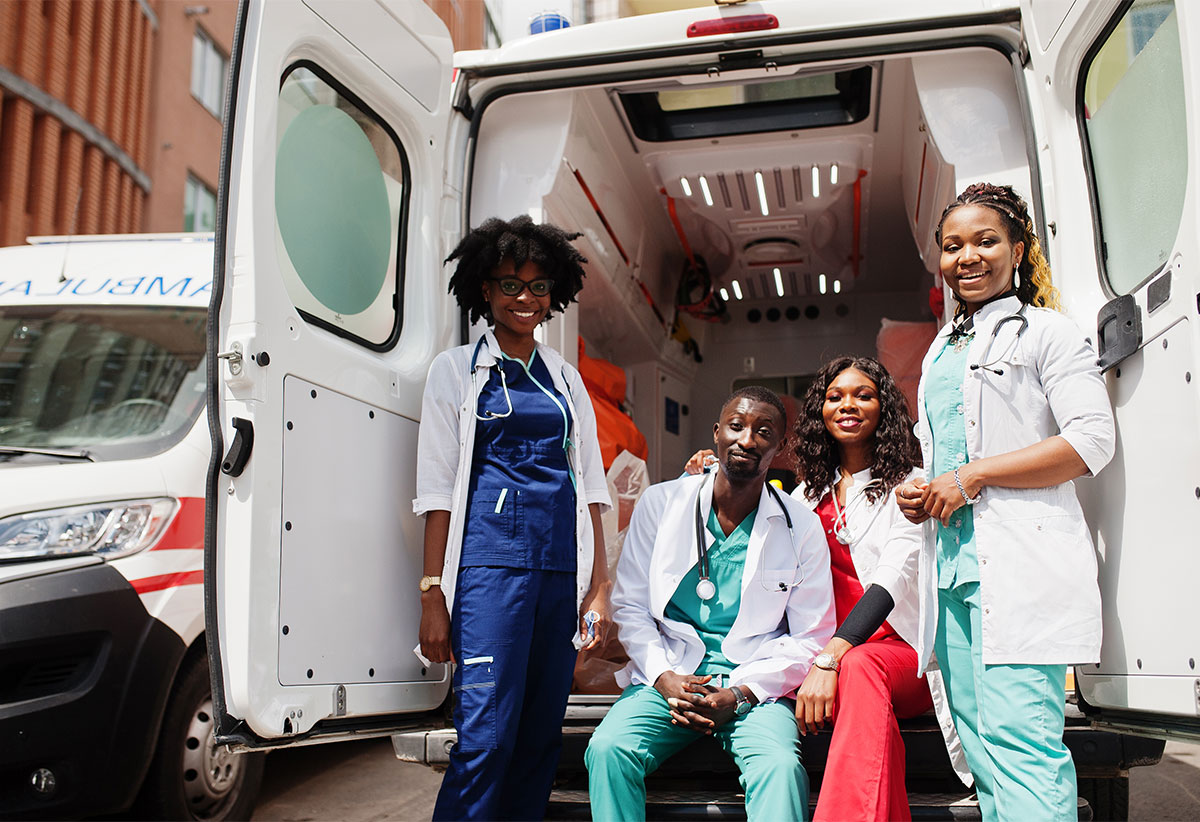
Introduction
According to the results from more studies, there are 50-100 million of nomads which found in the developing world. Almost 60% of them live in Africa. Even though they migrate constantly because of the need for water they also have the right of accessing medical healthcare. The movement of this population is seasonal and this is a crucial reason of their health. Limited and hard-accessed location makes medical centers difficult to notice the changes on the nomad’s health.
In their region, more exactly in Africa, they have a limited access to some of the health services and that’s why the idea of bringing mobile vans seems to be very interesting and helpful. The main cause of mortality is the infectious illnesses which could be well prevented. In the past years, there were many efforts and medical programs which were shown that are not effectual and that they cost a lot. But, nowadays, we are witnesses of many medical actions which are there to give primary care to this population.
In every country in Africa, there are nomadic people. They migrate in several periods together with their camels, cattle, sheep, and goats. It is good to know that nomads are categorized as collectors, hunters, and pastoralists. They have their conventional routes for migration every year but sometimes, they could change their direction. The common places where nomads settle is the dessert Sahara and the semiarid Sahil. In West Africa, these people may travel even thousands of miles but in some regions their access is limited.
The group of pastoralists is recognized by some organizations and ecologists which give help to them because they found that projects for this group of people are efficient and low-cost. They claim that certain groups of nomads are self-sufficient and they somehow contribute to the better economic progress of the country where they live. It is good to remember that in many African countries, nomadic people are the main producers of meat, milk, and some other products.
What are the health problems of nomadic people?
Most information about this question is obtained from small studies which show that nomads are healthier than other settled neighbors even though they have less access to medical care, formal education, and safe water for everyday use.
- Mortality in children. This is happening because of the illnesses that are easily spread among children such as respiratory infections, measles, diarrhea, and malaria. Almost 65% of deaths were vaccine-preventable diseases and because of this fact, the mobile clinic vans were sent to these areas in Africa.
- Maternal mortality. The main causes of this type of deaths were prolonged labor and postpartum hemorrhage.
- The morbidity in children. According to many studies, fever and respiratory infections in children were noticed for several months throughout the year which is related to the place they were that period.
- Viral infections. These infections are not often found among nomadic people.
What are the health solutions for nomads?
The general opinion according to the things mentioned above is that the improvement of nomad’s health is the availability of more clear water and better access to medical services. But, it is possible to organize medical services which would deliver primary health care. This means that more activation of mobile vans would be a great idea to help these areas in Africa. Medical institutions have to establish a seasonal service according to movements of the nomads. When African nomads need help they have to walk many kilometers in order to reach the nearest medical center. But, with the appearance and support of mobile clinics, this situation is changed.
Some projects are well organized. In past years there were projects in which there were many mobile vans which support different medical specialty. There was one mobile clinic for registering and another one for mother and baby consultations and tests. For the entire group of people, this project is for sure very significant because they have a medical care in their place. The mobile vans which were here delivered medical care in this place offered services such as eye care, malaria testing and also dental care. They were organized with solar panels and batteries so they could operate 24 hours per day.
These projects are supported by different governments and non-governments organizations. For example, there are nomadic people which during the tests they have made found that they have diabetes. They have never heard of this condition and thanks to these medical workers and mobile vans they know a lot about this disease.
Summary
For delivering primary health care in the nomadic areas, medical workers have to be well prepared. This means that they have to know which their priority health problems are and also to know which actions they would need to solve these problems. Another thing to consider is that the solving activities can be conducted by mobile healthcare vans. These portable medical clinics have to offer we-trained personnel, specially equipped vehicles, a variety of needed drugs and medications. They have to fight for better protection of the population and available assistance. A clear strategy has to be created to make a relation to these two important components.
The implementation of these kinds of projects is always a great idea and it is supported by several organizations and medical institutions.


